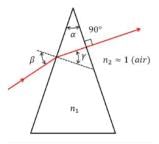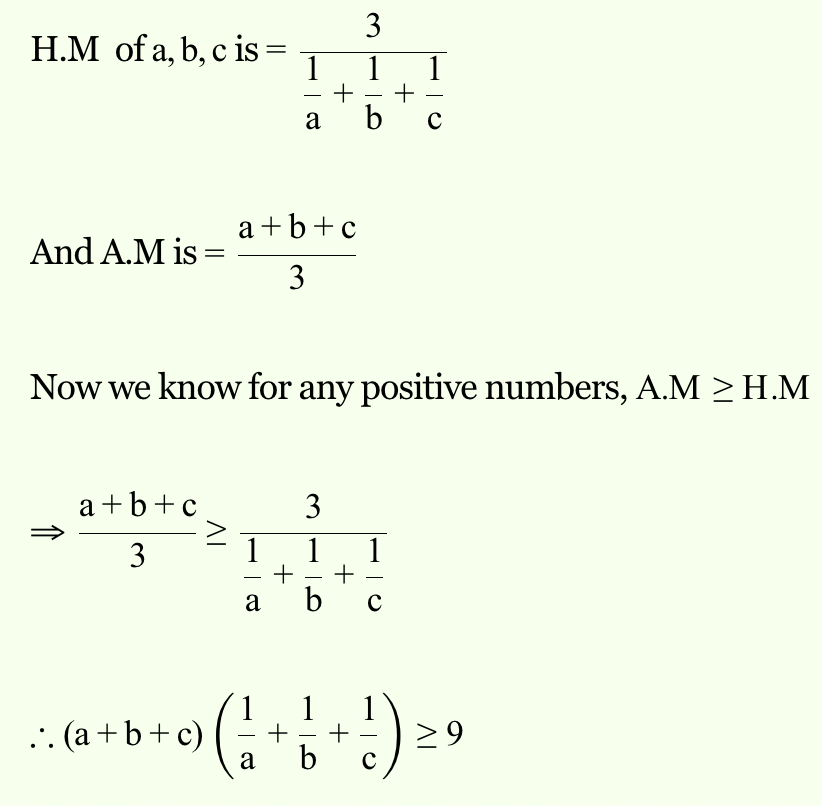OSSSC TGT Science PCM Mock Test - 9 - OTET MCQ
30 Questions MCQ Test OSSC TGT Mock Test Series 2025 - OSSSC TGT Science PCM Mock Test - 9
Consider yourself as an English teacher. You find that certain students in your class are poor in English language and commit mistakes in language comprehensive-type questions. What will you do improve the performance of the students in language comprehension?
'Successful intelligence' refers to intelligence related to the capability of an individual to attain the goals in one's life. The intelligence that is associated with the ability to understand one's feelings and thoughts is
Radheshyam is your colleague and teaches Science in your school. He often assigns group projects to the students, for he feels that group project work helps in developing
A teacher never answers a question herself. She encourages students to suggest answers, has group discussions and adopts collaborative learning. This approach is based on the principle of:
Flow of charges in direction of electrons is called
If the potential difference V applied on a conductor is doubled, the drift velocity of electrons will become
A charge of +10µ coulomb enters a uniform magnetic field parallel to its direction. What will happen to the charge?
The distance of distinct vision of a person is 50 cm. He wants to read a book placed at 25 cm. What should be the focal length of the spectacles?
The radius of curvature of each surface of a convex lens of refractive index 1.5 is 40cm. Its power is
A lens of power + 2.0 D is placed in contact with another lens of power – 1.0 D. The combination will behave like
The critical angle for the material of a prism is 45° and its refracting angle is 30°. A monochromatic ray goes out perpendicular to the surface of emergence from the prism. What is the angle of incidence on the prism?
The elements of groups, 1, 2, 13, 14, 15, 16 and 17 are collectively called -
A transition metal ion exists in its highest oxidation state. It is expected to behave as
Which industry commonly uses washing soda as a cleaning agent?
Which of the following is a colloidal solution?
The electrolysis of a solution resulted in the formation of H2 at the cathode and Cl2 at the anode. The liquid is-
Which metal is used for making foils used in packing of food materials –
Identify the smallest alkane which can form a ring structure.
Which of the following compound can turn blue litmus solution red?
If a, b, c be any three positive numbers, then the least value of (a + b + c) 
The class mark of class interval 60 – 70 will be
If AB = 12 cm, BC = 16 cm and AB ⊥ BC, then radius of the circle passing through A,B and C is
The area of the circle that can be inscribed in a square of side 10cm is
The equation of the tangent lines to the hyperbola x2 – 2y2 = 18 which are perpendicular to the line y = x are























